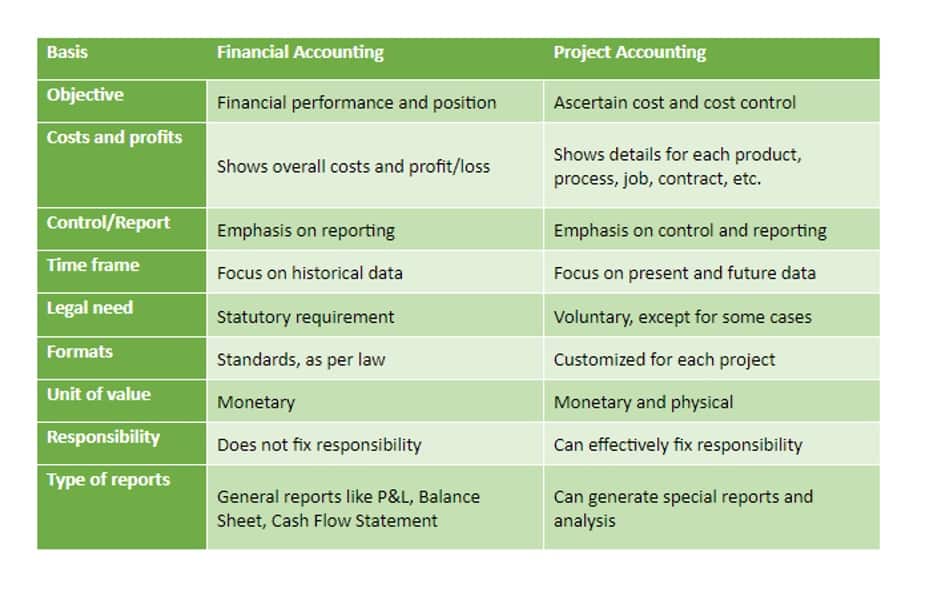CIP Construction In Progress Accounting; What Businesses Need To Know

In this section, we will explore the various stages of construction in progress accounting, from project inception to completion. We will discuss the CIP accounting process and highlight the impact of CIP accounts on financial reporting. Work in progress is accounted for as a current asset on the balance sheet.

What is Construction In Progress Accounting: Everything You Need To Know
- Unlike ready-to-use assets, these are in various stages of completion, spanning from months to years, rendering them temporarily unusable during the construction phase.
- As technology continues transforming construction industry operations, CIP automation is becoming an imperative.
- To avoid overbilling and underbilling, construction companies need robust billing processes and systems in place.
- We provide a range of services including fractional CFO, bookkeeping, accounting, and financial strategy.
- Direct costs include materials, labor, and subcontractor fees, which can be directly attributed to the project.
- POC Basis – Invoices are raised progressively as per contract clauses with revenue realization based on cost tables, physical completion, etc.
It is https://www.instagram.com/bookstime_inc an accounting term used to represent all the costs incurred in building a fixed asset. Construction auditors must adhere to the Generally Accepted Accounting Principles (GAAP) and International Financial Reporting Standards (IFRS) guidelines. The basics of accounting for construction companies also include revenue recognition and cost allocation.

Why are CIP Accounts Needed?
In construction accounting, the percentage of completion (POC) method is widely used to recognize revenue throughout the project’s duration. One of the fundamental aspects of CIP accounting is the categorization of costs. Direct costs include materials, labor, and subcontractor fees, which can be directly attributed to the project. Indirect costs, on the other hand, encompass overhead expenses such as administrative salaries, utilities, and equipment depreciation. Properly categorizing these costs ensures that the financial statements reflect the true cost of the project, aiding in more accurate budgeting and forecasting. Construction projects cip accounting today are more complex and larger in scale than ever before, making effective accounting practices crucial for success.
- Having robust CIP accounting practices is crucial for construction firms to maintain solid financial health amidst the complexity of large-scale projects.
- This fosters trust and confidence among investors, lenders, and other stakeholders, leading to stronger partnerships and increased opportunities.
- Involves feasibility studies, architectural plans, surveying, zoning permits, and finalizing project specifications before construction begins.
- Once the construction work is completed, the costs accumulated in the CIP accounts are transferred to fixed asset accounts.
- The construction-in-progress asset account captures all costs related to the project, including labor, materials, and equipment.
- On the other hand, construction in progress refers to the costs incurred during the construction phase of a project before its completion.
- At such times, it is better to switch to more advanced software and accounting methods like construction in progress accounting to ensure your business doesn’t lose its grip on finances.
Construction in Progress Accounting: What You Need To Know
- Effective communication and collaboration are also paramount in a multi-project setting.
- Companies can monitor spending and budgets using CIP accounts and adequately report their financial health.
- In this entry we will discuss what construction in progress accounting is, how to properly record it, and provide an example of what it may look like in your books.
- Construction-in-Progress (CIP) accounting is indispensable for businesses striving to maintain accurate and comprehensive financial records.
- Work in progress inventory affects both the balance sheet and income statement.
The balance sheet must show the true picture of the company’s financial health. When the https://www.bookstime.com/articles/bookkeeping-for-medium-sized-business construction under progress is recorded proportionally in every accounting period, it maintains the financial position’s transparency. Another objective of recording construction in progress is scrutiny and audit of accounts. The construction in progress can be the largest fixed asset account due to the possibility of time it can stay open. The percentage of completion method provides the timeliest information on financial performance as income and expenses are recognized throughout the construction period.
Why is Construction-in-Progress (CIP) Accounting Mandatory?
- One of the fundamental aspects of CIP accounting is the categorization of costs.
- One widely adopted method is the percentage-of-completion approach, which allows companies to recognize revenue based on the project’s progress.
- General contractors and subcontractors submit competitive bids and negotiate pricing.
- Therefore, construction firms must ensure integrity within their CIP accounting and reporting approach to enable sound financial management.
- Join us on this journey as we navigate the intricacies of construction in progress accounting and learn key strategies for success in construction financial management.
Utilizing purpose-built software solutions can greatly enhance CIP accounting and management. Companies select between these methods based on their risk appetite, available resources, type of construction activities, and reporting requirements. – Construction-in-progress and other accounts must be separate to minimize the hassle and keep records balanced. Build to use can be an extension in an existing office facility, building a new plant, warehouse, or any business asset. The accounting treatment for the ‘build to use’ CIP is not much complicated.


This step helps with financial reporting, updating how these costs are perceived and managed. Instead of being ongoing expenses, they’re now considered assets that will provide value over time. This transition is essential to meet accounting standards and allows businesses to log their investment in new constructions on their books accurately.

Financial Management: Overview and Role and Responsibilities
In this blog, we will discuss the instances when construction in progress is used by the business. The international financial reporting standards dictate the recording of percentage completion in financial statements. With material and labor expenses contributing over 85% of construction project costs, managing such spending via meticulous tracking and allocation aligned to sound accounting principles is mission-critical.